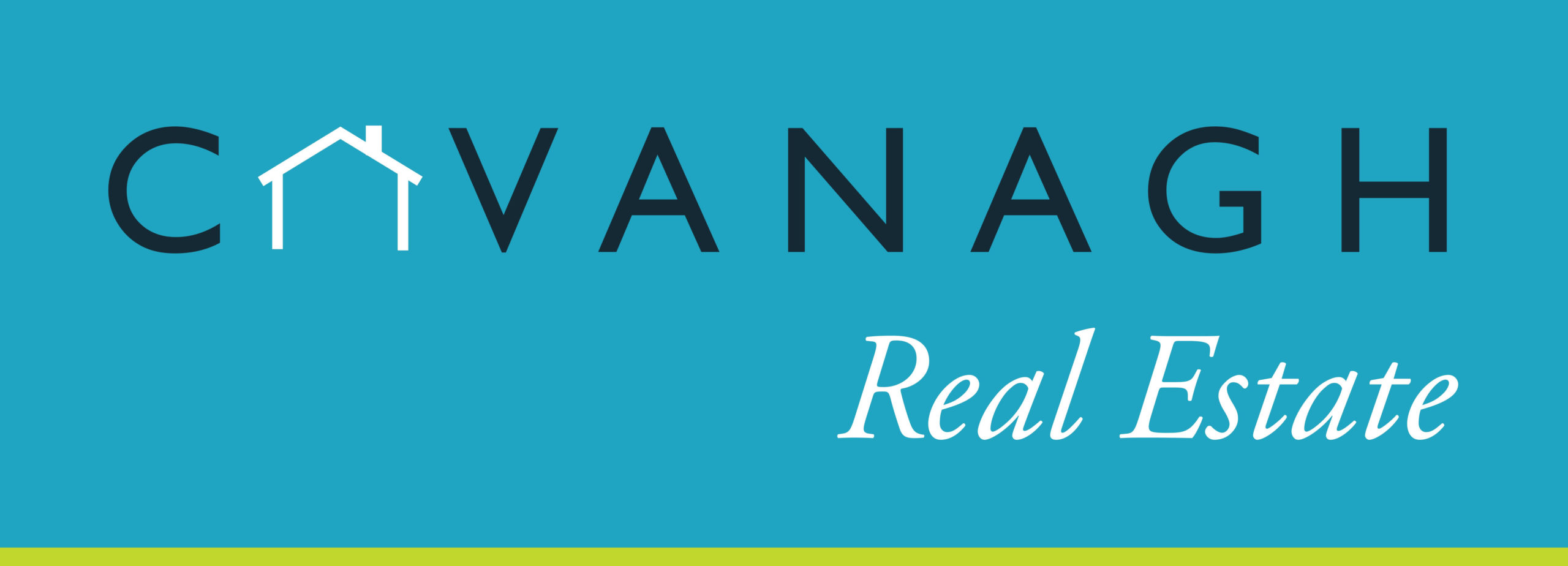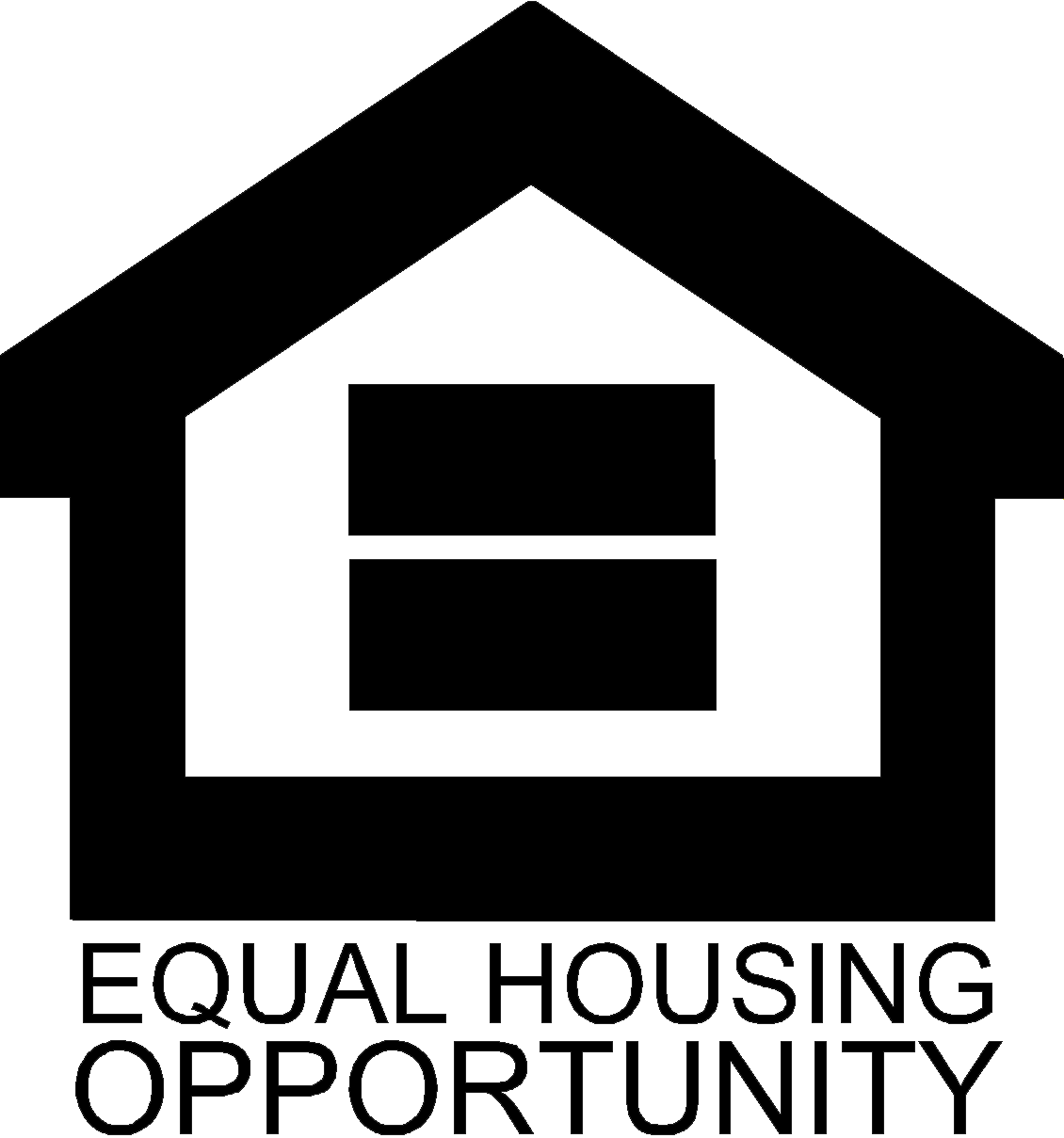Housing affordability will be at its highest in a generation this year.
The affordability index is comprised of median home prices, median family income, and the prevailing mortgage rate. An index of 100 implies that a median income family has just enough income to buy a median priced home. An index of 120 implies that a median income family has 20 percent more income than is necessary to buy a median priced home. The index reached an all-time high (since the index was created in 1970) of 174 in 2010. This year, it looks to surpass 180. The rising affordability is a combination of lower home prices, record low mortgage rates, and a slight rise in family income.
In short, there has not been a better home buying opportunity in 40 years.
However, not all people have the necessary confidence to make a major expenditure like a home purchase in an uncertain economic environment. More importantly, the underwriting standards are overly stringent. Those who are currently able to get conforming mortgages have an average credit score of 760. Under normal underwriting standards (and not the lax underwriting of the bubble years), credit scores would be closer to 720 on conforming mortgages. For FHA mortgages, today’s borrowers have an average credit score of 700, compared to historic FHA borrowers who had an average credit score of 660. If the underwriting standards were just to return to normal then there could be an additional 15 to 20 percent increase in home buying activity.
Banks have plentiful cash reserves but are unwilling to lend. They are blaming the regulators, saying extra cash holding is needed in case of another catastrophic economic event and because the banks are uncertain about future regulatory rules. Simply getting the excess cash holdings held by the banks out to the borrowers will be the true, natural stimulus for the economy.
Source: National Association Of Realtors – Economists’ Outlook


